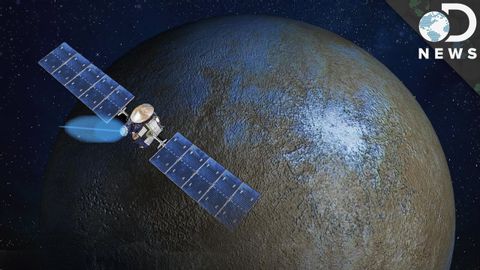這顆神祕的矮行星為何讓科學家們感到困惑? (Why This Mysterious Dwarf Planet Is Baffling Scientists)
稲葉白兎 發佈於 2021 年 01 月 14 日  沒有此條件下的單字
沒有此條件下的單字US /ˈprɑsˌɛs, ˈproˌsɛs/
・
UK /prə'ses/
- v.t.用電腦處理(資料);(依照規定程序)處理;處理;流程;加工;理解
- n. (c./u.)(規定的)程序;過程;進程;方法;法律程序;進程
- n.地點,處所;處於困境,陷入困境;點;少量,少許;斑點,污漬
- v.t.認出,發現
- v.i.(歲數等)超過;逾;改變;變成;轉變
- v.t./i.轉彎;轉
- n.(道路)彎;依序;依次;輪流;輪班;(依次輪流時各自的)一次機會;轉變;變化
- v.t.使成形;車削
US /ˈɛvɪdəns/
・
UK /'evɪdəns/
- n. (u.)證據;證據 (法律)
- v.t.表明;證明

